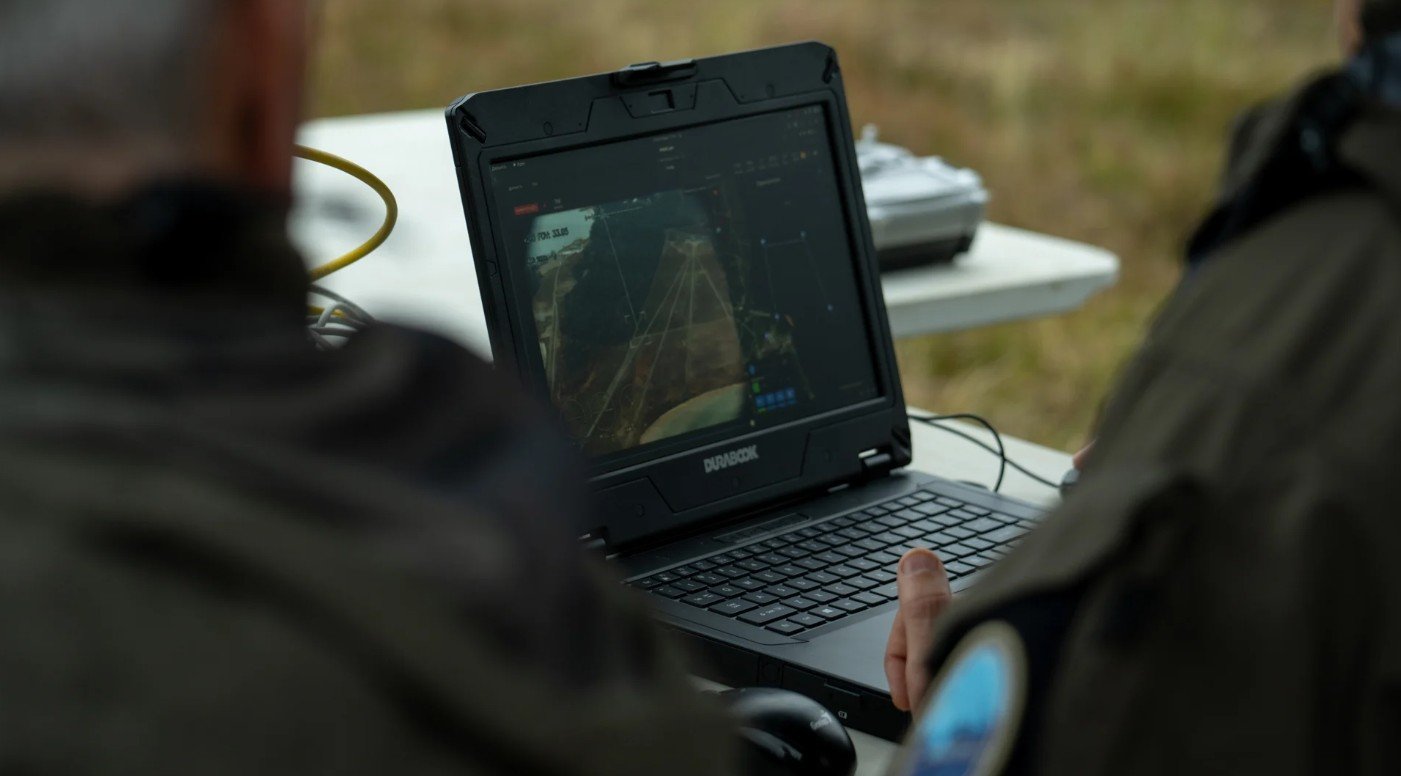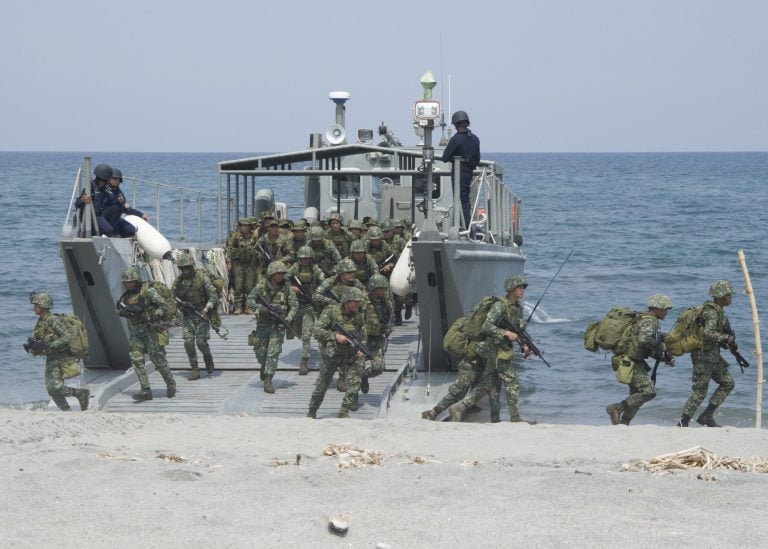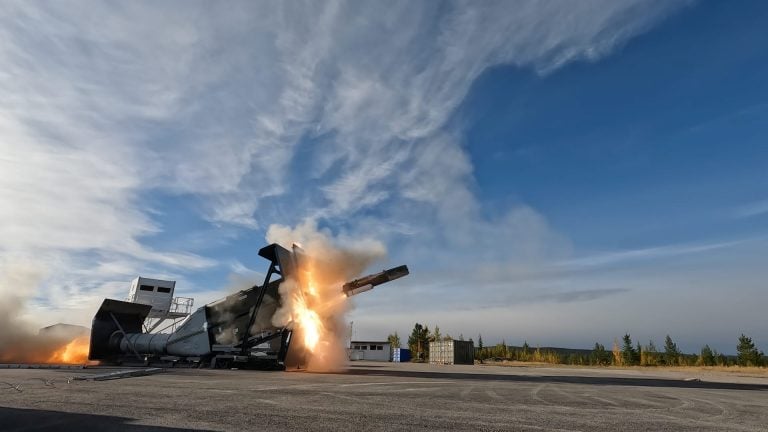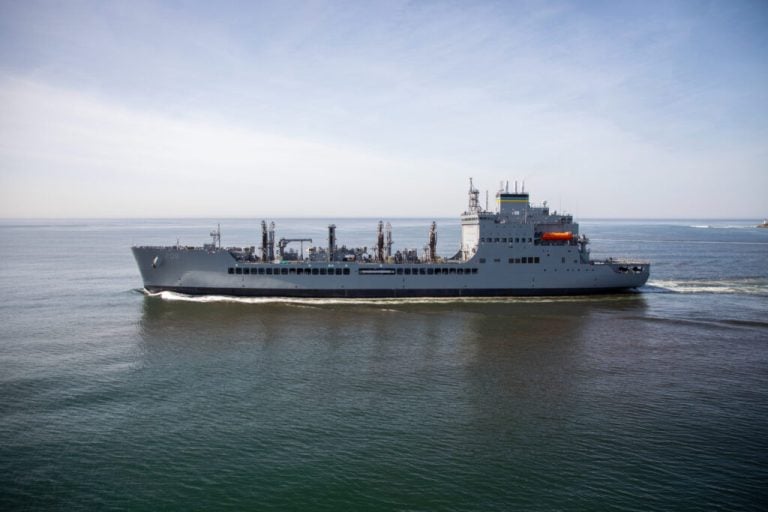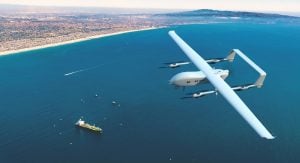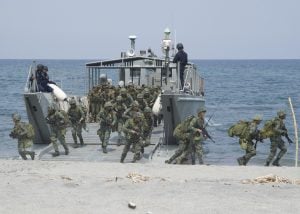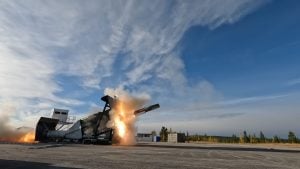Sweden is advancing its defense capabilities with an unmanned systems test facility being established at the Karlsborg site in the southwestern region of the country. This initiative aims to enhance tactical platform trials and personnel training through the use of replicas of Russian drones, reflecting a strategic response to current security threats.
The Swedish Defence Materiel Administration (FMV) has initiated a two-week training program tailored for its personnel and the Swedish Armed Forces. This program benefits from the expertise of Ukrainian soldiers who bring frontline combat experience, pivotal for imparting operational insights and best practices.
FMV official Michael Ledenius emphasized the training’s objective: “to build practical ability to detect, track and defeat enemy drone systems to protect our own units.” By utilizing copies of Russian drones, Sweden seeks to prepare its forces against potential battlefield scenarios they could encounter.
The training exercises focus on the coordinated deployment of reconnaissance and attack drones, with each operational team comprising three specialists. These operators control their systems entirely from computer stations situated close to the launch area, rather than employing handheld devices, reflecting advancements in operational efficiency.
At the Karlsborg facility, the testing regime includes the Stork reconnaissance drone and the MACE attack platform. The Stork, a catapult-launched system, is designed for various missions, including aerial reconnaissance, artillery adjustment, barrage control, and patrol operations. It can travel at approximately 70 kilometers (43 miles) per hour, remain airborne for up to four hours, and reach altitudes of 3,000 meters (9,800 feet), continuously transmitting vital operational data and imagery back to ground-based operators.
The MACE drone, with its distinct short-endurance capability, is engineered to carry a range of payloads, such as directional explosive charges or a thermobaric warhead weighing 3.6 kilograms (7.9 pounds). The MACE boasts a cruising speed of around 100 kilometers (62 miles) per hour, a top speed nearing 300 kilometers (186 miles) per hour, and a maximum effective range of 60 kilometers (37 miles), with a flight duration of one hour.
In practical drills, the Stork’s role is to perform area mapping and target identification, facilitating the subsequent launch of the MACE drone. Launched from a ramp using compressed air, the MACE ascends to altitude before executing a rapid dive to strike its intended target.
Through these innovative training programs and advanced technology testing, Sweden is positioning itself to effectively counter aerial threats and enhance the operational readiness of its defense forces.
